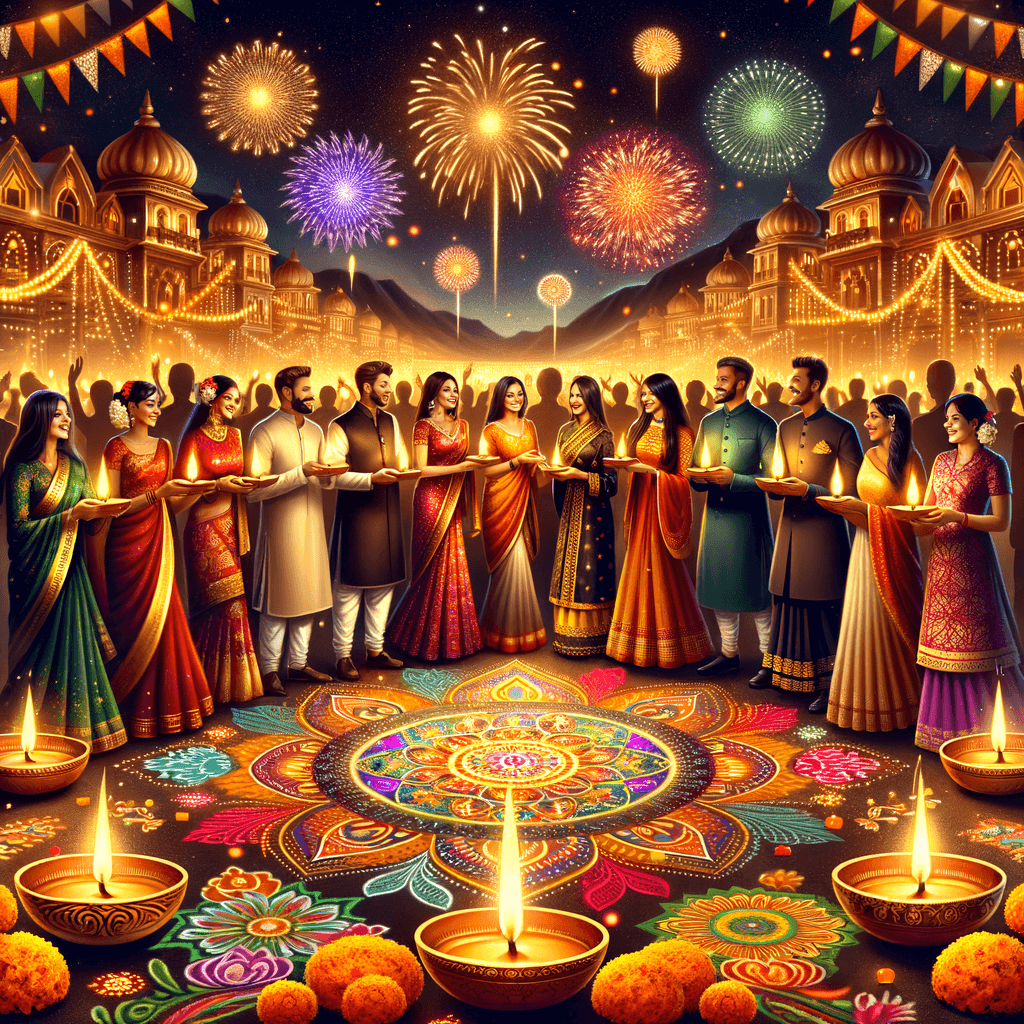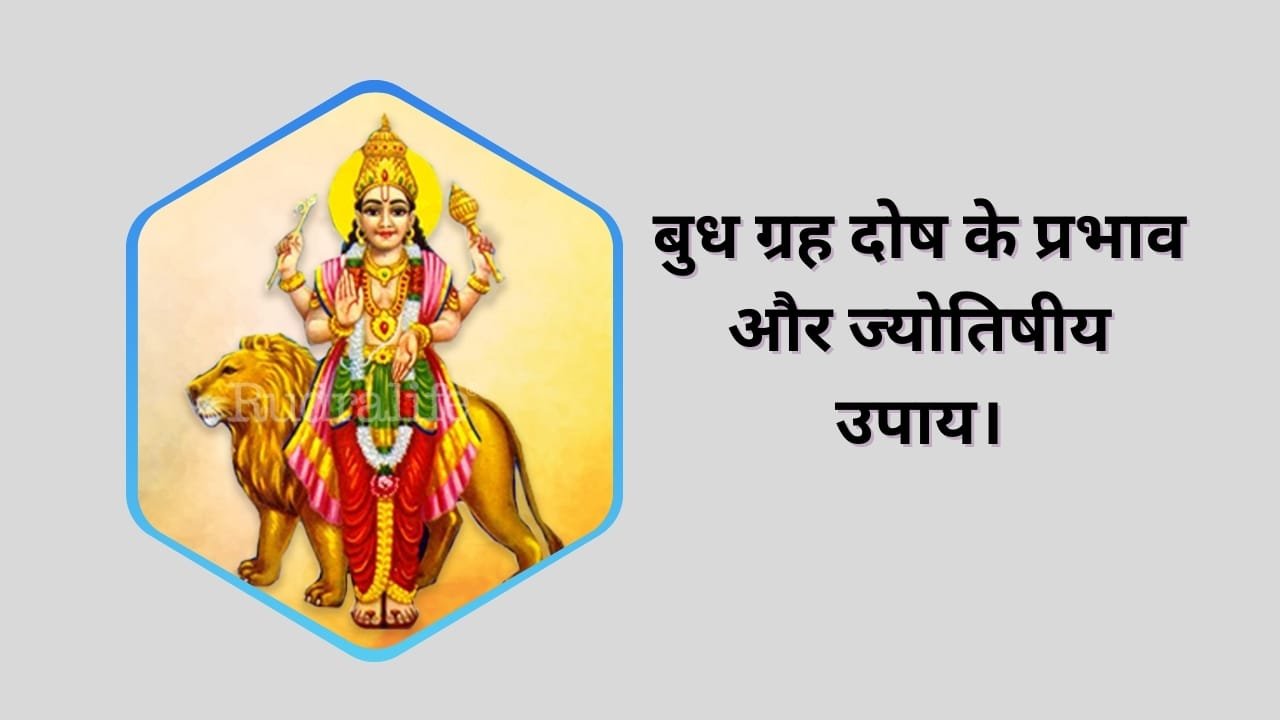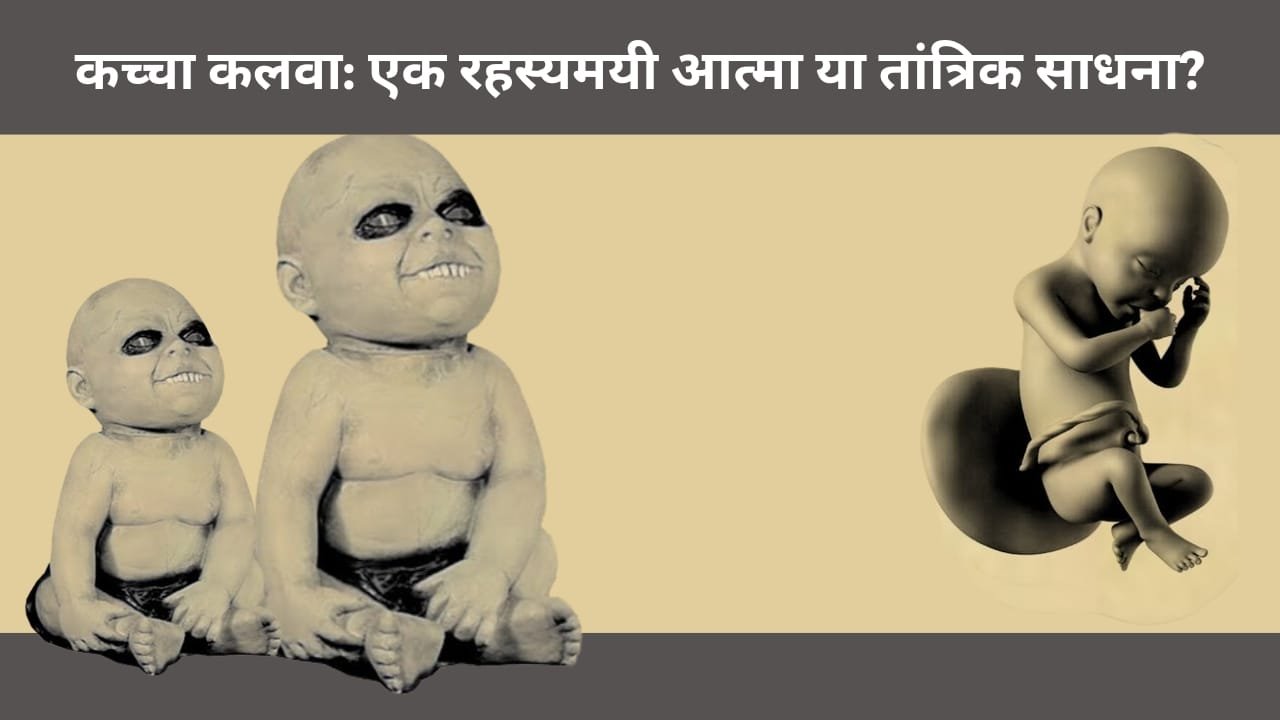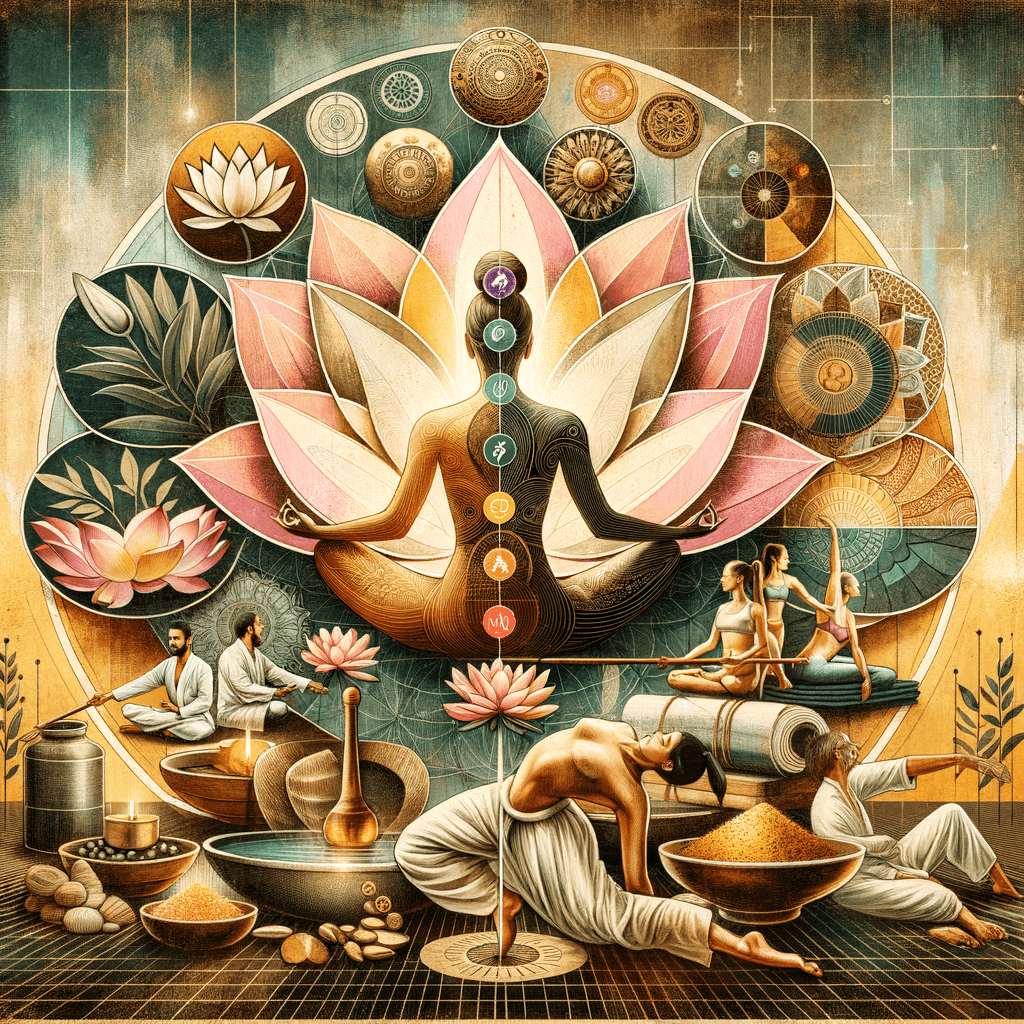Introduction to Diwali: The Festival of Lights
Diwali, also known as Deepavali, is one of the most significant festivals in India, celebrated with immense enthusiasm and fervor. The word Diwali is derived from the Sanskrit word “Deepavali,” which means a row of lights. This festival symbolizes the spiritual victory of light over darkness, good over evil, and knowledge over ignorance.
Diwali is a five-day festivity that is observed by Hindus, Sikhs, Jains, and some Buddhists around the world. It usually falls between mid-October and mid-November, marking the beginning of the Hindu New Year. The festival is associated with various legends and traditions, and each day holds its own significance and rituals.
During Diwali, people decorate their homes with oil lamps, candles, and colorful rangoli patterns to welcome the goddess Lakshmi, the bringer of prosperity and wealth. Fireworks, family gatherings, exchanging gifts, and preparing delicious sweets are also integral parts of the celebrations. It is a time for spiritual reflection, the joy of sharing, and expressing gratitude for blessings received.
The Mythological Significance of Diwali
Diwali holds profound mythological significance in Indian culture. One of the most popular legends associated with Diwali is the return of Lord Rama, his wife Sita, and his brother Lakshmana to Ayodhya after 14 years of exile and the defeat of the demon king Ravana. The people of Ayodhya welcomed them by lighting the kingdom with diyas (oil lamps) to celebrate their return and to honor the triumph of good over evil. You can read more about Indian mythology here.
Another legend linked to Diwali is the story of the churning of the ocean (Samudra Manthan) found in the Hindu epic, the Puranas. It is believed that during this event, various treasures including the elixir of immortality (amrita) emerged, signifying the victory of divine forces over demonic ones.
Rituals and Traditions Associated with Diwali
Diwali, also known as Deepavali, is one of the most celebrated festivals in India. It marks the victory of light over darkness and knowledge over ignorance. The preparations for Diwali often start well in advance. Homes are cleaned and decorated with vibrant rangoli designs, flower garlands, and colorful lights. Each of these elements holds deep cultural significance.
One of the most essential rituals is the worship of Goddess Lakshmi, the deity of wealth and prosperity. Families set up beautifully adorned altars in their homes, offering fruits, sweets, and snacks to invite her blessings. This ritual encapsulates the hope for abundance in the coming year.
Another cherished tradition is the lighting of diyas, small oil lamps made of clay. Lighting these diyas symbolizes dispelling negativity and inviting positivity into homes. As dusk falls, the glow of thousands of diyas creates an enchanting sight, forming a shimmering path for Goddess Lakshmi to enter.
Fireworks are an integral part of the celebrations. They symbolize joy and festivity, adding excitement to the atmosphere. However, it is vital to celebrate responsibly, considering environmental concerns and community well-being.
Gift exchanges mark another layer of Diwali traditions. People share sweets, dry fruits, and even new clothes with friends and family. This exchange fosters connections and strengthens relationships within the community.
Each region in India has its unique twist on Diwali rituals, from the traditional Dhanteras and Bhai Dooj to the celebration of Govardhan Puja. These traditions showcase the diversity and unity of Indian culture. Diwali is not just a festival; it is a heartfelt celebration of love, family, and community.
The Spiritual Symbolism of Diwali Lights
The lights of Diwali hold profound spiritual symbolism. They represent enlightenment and the triumph of good over evil. Each light, whether it be a diya or a decorative bulb, embodies hope and positivity. On the darkest night of the year, these lights remind us of the guiding light within us.
Traditionally, diyas are made with natural clay. This connects us with the Earth, symbolizing humility and sustainability. Lighting these diyas signifies the shedding of ignorance and the awakening of awareness. It is a reminder to illuminate our inner selves, guiding us toward wisdom and clarity.
The act of lighting a diya is also deeply meditative. As each diya ignites, practitioners often set intentions, focusing on self-improvement and spiritual growth. This moment of reflection allows individuals to align themselves with higher consciousness.
Furthermore, the placement of lights in homes during Diwali is not merely ornamental. Homes are lit up to signify welcome. The lights act as beacons for positive energies, inviting prosperity and joy into our spaces. They foster an environment where love and peace can flourish.
The collective illumination during Diwali sparks communal bonds. Families and neighbors come together, sharing in the festive light. This unity enhances feelings of belonging and community spirit, fostering a collective consciousness of hope.
Through the luminous festival of Diwali, we are reminded of our own roles as bearers of light in the world. Each lit lamp carries a message: that even in the darkest times, we possess the inner strength to shine brightly, illuminating the paths of others as well.
Diwali Celebrations Across Different Regions of India
Diwali, also known as Deepavali, is one of the most vibrant and significant festivals in India, celebrated with great zeal and enthusiasm across the country. Each region of India infuses its unique cultural elements into the Diwali festivities, making it a diverse and fascinating occasion.
In North India, Diwali marks the homecoming of Lord Rama after defeating the demon king Ravana. The celebration involves lighting earthen lamps, bursting firecrackers, exchanging gifts, and decorating homes to welcome Lord Rama. In the West, particularly in Gujarat and Maharashtra, Diwali coincides with the New Year and is a time for colorful Rangoli decorations, bursting firecrackers, and performing the Laxmi Pujan to seek blessings from the goddess of wealth.
South India reveres Diwali as the day Lord Krishna defeated the demon Narakasura. The festivities include oil baths, bursting crackers, preparing a variety of sweets, and adorning homes with beautiful kolams or rangolis. In the East, particularly in Bengal, Diwali aligns with the worship of Goddess Kali. The celebration involves lighting lamps, worshipping the goddess, and enjoying elaborate feasts and cultural performances.
Diwali showcases the unity in diversity of India, where the essence of triumph of good over evil is celebrated in various captivating ways, incorporating local rituals and customs.
The Importance of Forgiveness and Renewal During Diwali
Diwali, beyond its dazzling display of lights and joyous celebrations, holds profound spiritual significance centered around the themes of forgiveness and renewal. One of the significant rituals during Diwali is the tradition of exchanging sweets and gifts, symbolizing the gesture of extending forgiveness, letting go of past grievances, and fostering harmonious relationships.
Another essential aspect of Diwali is the ritual of cleaning and decorating homes, which signifies the renewal of the inner self, purging of negativity, and inviting positivity and prosperity into our lives. The act of illuminating homes with earthen lamps and bright decorations embodies the spiritual metaphor of dispelling ignorance and welcoming knowledge and awareness.
Diwali serves as a poignant reminder to introspect, forgive, cleanse the soul, and embrace a fresh start with renewed vigor and optimism. It reflects the profound philosophy of transcending darkness with light and ignorance with wisdom, making it a spiritually enriching and transformative festival.
Eco-Friendly Practices for a Sustainable Diwali
Diwali, the festival of lights, signifies prosperity and the victory of light over darkness. However, the celebration often leads to environmental concerns. To embrace the spirit of Diwali while nurturing our planet, we can adopt eco-friendly practices.
Start with choosing eco-friendly diyas and candles. Traditional oil lamps made from clay are biodegradable. Opt for soy or beeswax candles that emit less toxic smoke. These choices help diminish pollution and support sustainable production.
Next, consider the choice of fireworks. While bursting fireworks is a common practice, it causes air and noise pollution. Instead, celebrate with stunning light displays and eco-friendly decorations like paper lanterns or LED lights. These alternatives can light up the night beautifully without harming the environment.
Another significant aspect is choosing organic and natural colors for rangoli designs. Avoid synthetic colors that can be harmful. Use materials like flower petals, rice flour, or natural dyes. This not only keeps the environment clean but also gives a more traditional touch to your celebrations.
Don’t forget about waste management. This Diwali, separate your waste into biodegradable and recyclable categories. Opt for eco-friendly packaging for gifts and use biodegradable items whenever possible. This will minimize the carbon footprint of your celebrations.
Moreover, consider planting trees during Diwali. This act can be a beautiful way to celebrate life and growth. Participate in community tree-planting events, involving friends and family for a memorable experience. Making these sustainable choices can transform Diwali into a celebration that honors the planet and its inhabitants.
In conclusion, by embracing eco-friendly practices, we can celebrate Diwali while protecting our environment. These small changes can make a huge difference in creating a sustainable future for generations to come.








